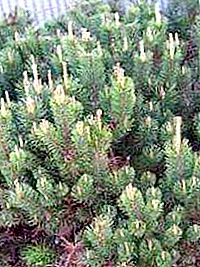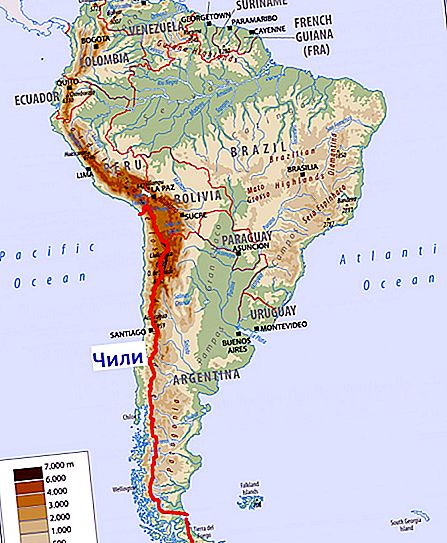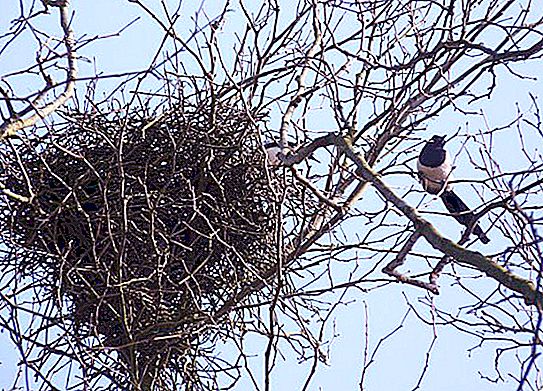In 1992, the Smolensk Lake District National Park was created in the Smolensk region. Its total area reaches 146, 237 ha. On a vast territory there are many lakes, rivers, broad-leaved and dark coniferous forests. The regulation on the Smolensk Lakeland National Park shows that this organization is obliged to preserve these virgin lands, flora, fauna and endangered species of the region.
Administration Location
Since its foundation, the park has been located in the village of Podosinki. But in 2002, the organization was registered at a new address: pos. Przhevalsky, st. Gurevich, 19. Full legal name: Federal State Budget Institution "National Park" Smolensk Lake District "."
Guest Information

In the vicinity of the village, the park administration organized several tourist routes. Also, festivals and other cultural events are regularly held here with the aim of environmental education for students and the public. Employees of the park continue to improve the territory, which allows inviting tourists to these places and at the same time preserving the local nature. For tourists, parking lots and viewing platforms were organized, mainly at Lake Sapsho. The park possesses regular youth and children's camps.
The territory is rich in archaeological sites. There are 77 in total. Such monuments include Old Russian settlements, villages, settlements, sites left over from the Stone Age, burial grounds.
The park has 93 historical monuments. These are memorial sites and architectural remains. There are several museums and two churches. Several ruins of temples and baths have been preserved.
The national park has its own information center, which regularly hosts exhibitions with a historical bias.

Visiting the park, in your free time from excursions, you can ride horses, go fishing or hike, admiring the picturesque and primitive nature. Also in the winter season there is an opportunity to learn to ski or snowmobile.
Large ponds
The Smolensk Lakeland National Park received this name due to the many lakes and rivers located on its territory. There are about 35 lakes in total, but the largest of them are:
- Sapsho (304 ha);
- Dgo (234 ha);
- Dig (178 ha);
- Baklanovskoe (the deepest place of the lake is 33 meters).
The major rivers of the park include (the length is indicated within the region):
- R. Elsha (59 km);
- R. Gobza (59 km);
- R. Polovye (36 km);
- R. Kasprä (27 km).
There are also 63 peat bogs on the territory.
Park climate
The Smolensk Lakeland National Park is characterized by a temperate continental climate. The transition of the seasons is pronounced here. Summer is hot, and in winter there is a strong cooling. Sometimes cyclones come from the Atlantic, which in summer cause rains and lower temperatures, and in winter - snowfalls and frost.
Park fauna
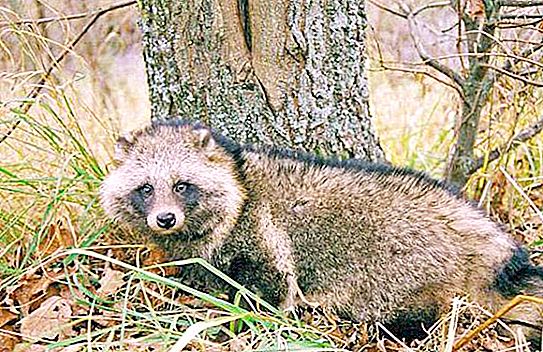
In the hope of seeing animals in the wild, many travelers come to the Smolensk Lakeland National Park. The animals living here are represented in a wide variety. So, there are 57 species of mammals, 10 amphibians and 5 reptiles. These forests are considered a bird kingdom. There are 205 species of birds.
The background feathered species include the green mockingbird, finch, great tit, black-headed gadget, rattle, garden warbler, gray flycatcher, forest skate, red-browed and many others.
Near-water representatives include black tern, mallard, gray heron, gogol, snipe, grebe, big bittern, coot and other species. During bird migrations, species that usually inhabit the tundra and northern taiga can be seen.
The Smolensk Lakeland National Park, in its halls, sheltered mammals such as an ermine, a weasel, a fox, a bear, an elk, a wolf, a lynx and a wild boar.
Lakes and rivers are also rich in underwater inhabitants. Most often, roach, ruff, bleak, chub, pike, bream, dace and rudd are found.
Some representatives of the fauna are listed in the local Red Book, and it was also found that 18 species of birds living in the park are registered in the Red Book of Russia. Among them are the black stork, the great spotted spotted eagle, the black-throated loon, osprey, trout, snake-eater, middle woodpecker and other birds.
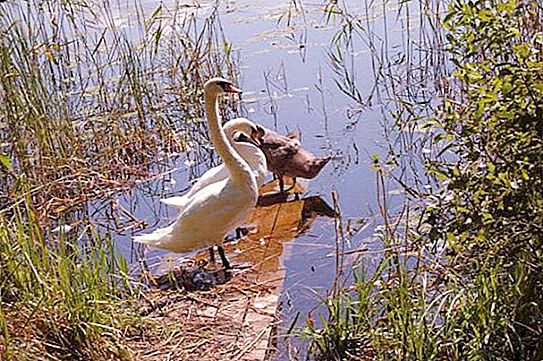
On the territory live the crested triton, hazel dormouse, flying squirrel, European mink, river beaver, brown ushanka, coronet, hollow, white-tailed eagle, spider and other species listed in the International Book for Nature Conservation.

